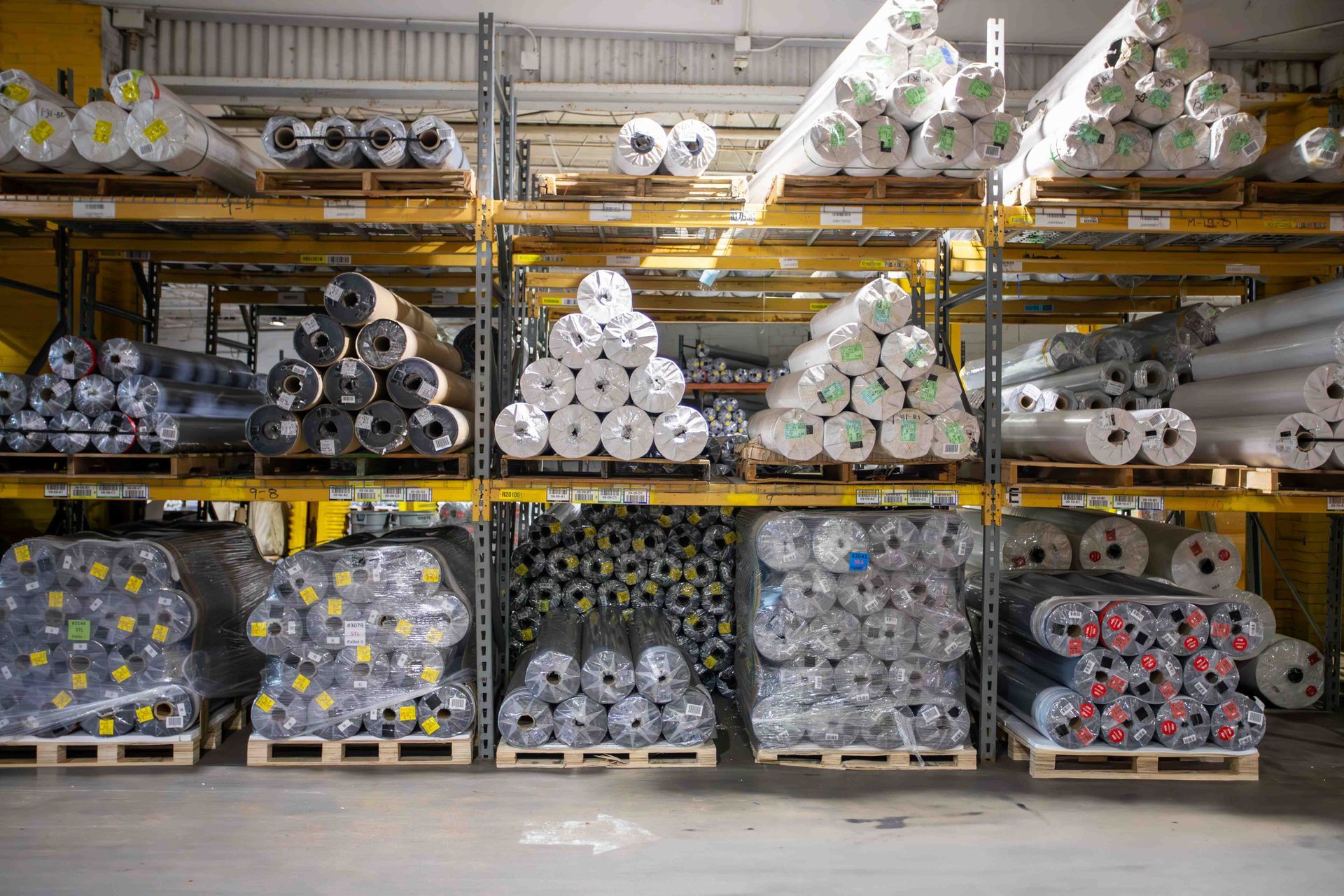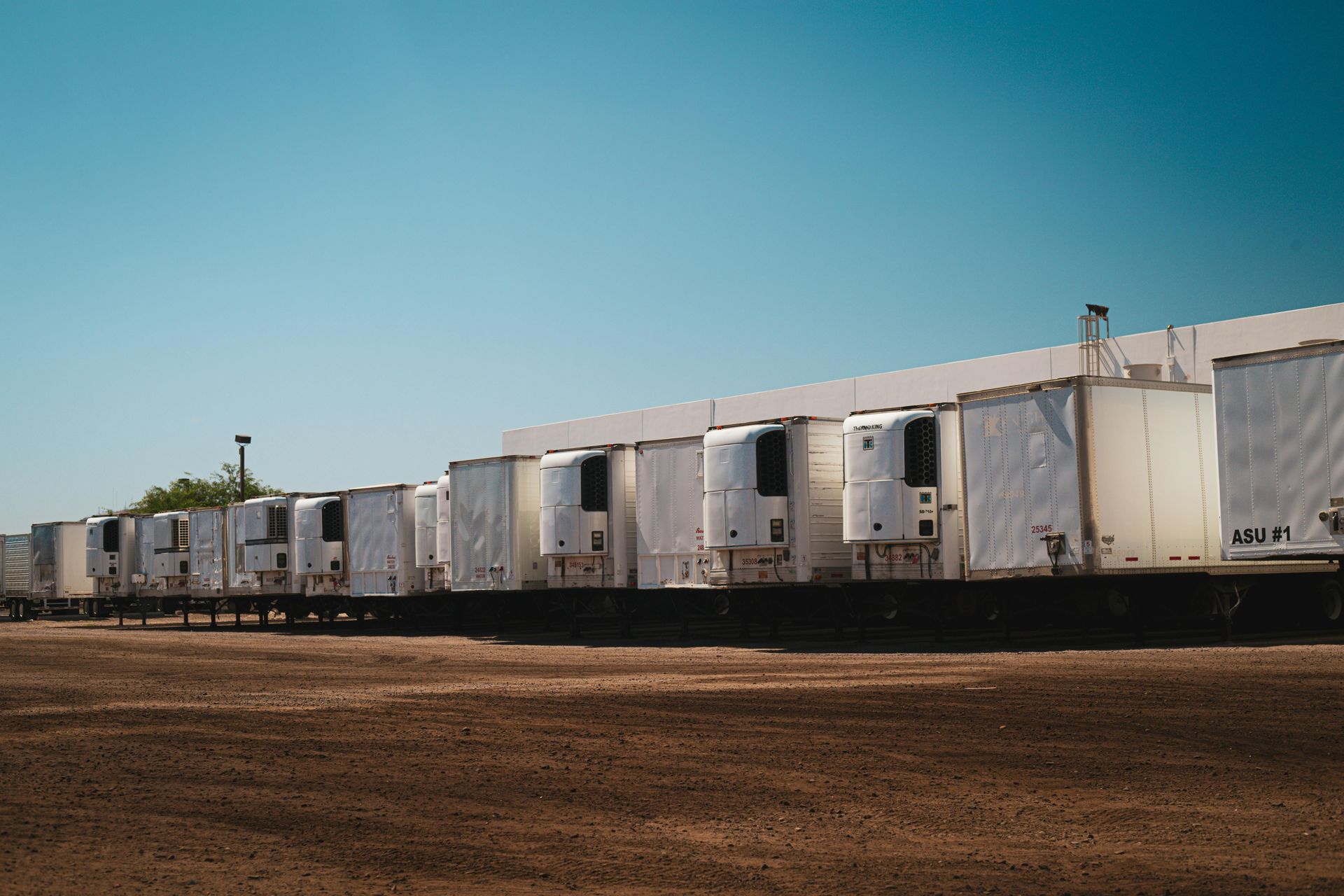Warehouse and Logistics Tips for 2025 and Beyond
As we move into 2025, the warehouse and logistics industry continues evolving rapidly.
Between advances in automation, shifting customer expectations, and growing emphasis on sustainability, logistics companies—especially those rooted in the Midwest—must remain sharp and adaptable to remain competitive.
Whether you operate a regional distribution center, manage a fleet, or run a warehouse serving local and national customers, staying ahead of industry trends is essential.
Here are eight tips to help you future-proof your operations and thrive in 2025 and beyond.
Embrace Automation and Smart Technology
Technology is no longer a luxury—it's a necessity.
In 2025, automation will play a central role in streamlining logistics operations. From autonomous mobile robots (AMRs) handling order picking to AI-driven Warehouse Management Systems (WMS), smart tech boosts speed, accuracy, and efficiency.
Midwest logistics hubs are increasingly turning to Internet of Things (IoT) devices to monitor temperature-sensitive shipments and track fleet movements in real-time. Implementing these tools reduces labor costs, minimizes human error, and enhances visibility across operations.
Optimize Warehouse Layout and Design
A well-organized warehouse saves time and money.
Optimizing your space is critical as order volumes increase and same-day delivery becomes more common. Use vertical storage systems, modular shelving, and narrow aisle configurations to maximize your footprint.
Flow-through layouts and smart zoning can also improve movement efficiency and reduce congestion.
In 2025, successful warehouses will be flexible and scalable, ready to adapt as demand shifts.
Prioritize Sustainable Practices
Sustainability is more than a buzzword—it's a strategic imperative.
Customers, clients, and regulatory bodies are demanding greener operations. Simple changes like installing LED lighting, switching to electric forklifts, and reducing packaging waste can significantly lower your carbon footprint.
For Midwest warehouses, investing in energy-efficient HVAC systems and exploring local renewable energy options can reduce utility costs and enhance your company's reputation as an environmentally responsible business.

Leverage Data and Analytics
Data-driven decision-making is transforming the logistics industry.
From inventory forecasting to route optimization, analytics helps you anticipate issues before they arise. A robust WMS with built-in analytics allows you to monitor key real-time performance indicators (KPIs) such as order accuracy, fulfillment time, and labor productivity.
Predictive analytics can also help identify peak periods and forecast stock shortages, ensuring you're always a step ahead. In a competitive market, those who use data wisely win.
Invest in Workforce Development
While automation is rising, your workforce remains your most valuable asset.
In 2025, companies are investing in employee training to ensure teams are equipped to operate advanced equipment and software systems.
Offering ongoing professional development, clear career paths, and improved safety programs can increase retention and productivity.
Creating a positive workplace culture—especially in warehouse settings—can go a long way toward attracting and keeping talent in a tight labor market.
Strengthen Supply Chain Resilience
Recent years have shown us how fragile global supply chains can be.
Organizations should build resilience by diversifying suppliers, maintaining a buffer stock of critical items, and developing contingency plans for common disruptions, such as weather events or equipment failure.
Investing in technology that provides end-to-end visibility will also help identify bottlenecks early and maintain customer trust during challenging times.
Stay Compliant with Regulations
As technology and transportation methods evolve, so do industry regulations.
It is essential to stay compliant with labor laws, safety standards, and environmental regulations. Companies using digital platforms must also ensure that cybersecurity and data privacy protocols are in place.
To avoid costly penalties, consider conducting regular audits and staying current on state and federal regulatory changes, especially those affecting warehousing and freight movement across the Midwest.

Plan for Scalability and Growth
Think long-term.
Even if your current operations meet demand, planning for future growth can save you time and money.
Invest in scalable software, modular equipment, and flexible facility designs that allow you to expand without disrupting existing workflows.
Partnering with third-party logistics providers (3PLs) can also be a smart way to scale quickly while minimizing capital investment. Look for regional opportunities to expand your reach and improve delivery times for Midwest customers.
Work With Gustine Logistics
In the fast-paced world of logistics, standing still is not an option. Embracing change, investing in technology, and building resilient systems are no longer future goals but current necessities.
Midwest logistics companies can position themselves for long-term success in 2025 and beyond by focusing on innovation, sustainability, and strategic planning. Ready to take the next step?
Contact our team to learn how we can help optimize your logistics operations for the road ahead.


